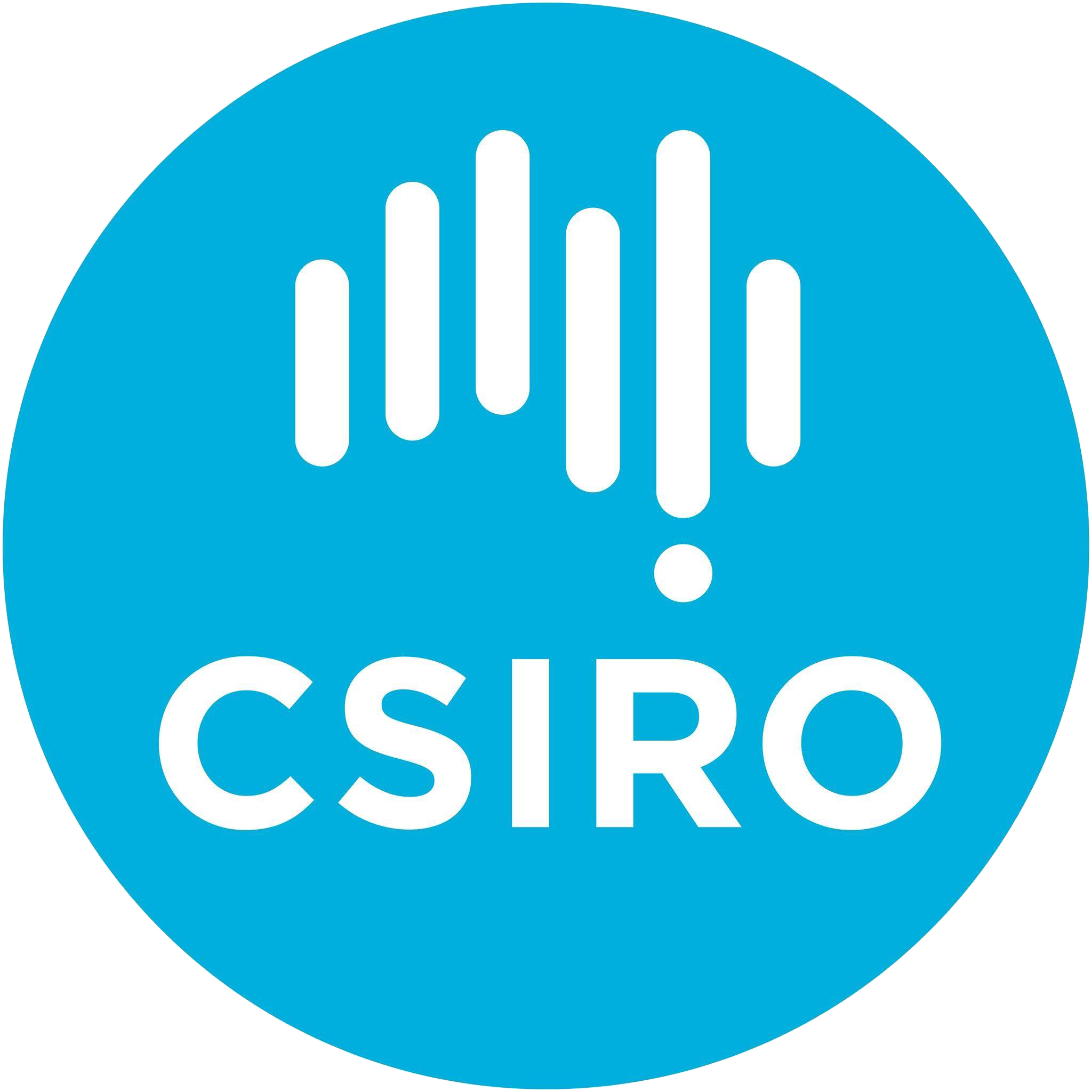Commonwealth Scientific and Industrial Research Organization (CSIRO)


Industry
Government
Location
Australia
Company Size
About CSIRO
For the past century, Australia’s Commonwealth Scientific and Industrial Research Organization (CSIRO) has worked for the nation’s betterment. Founded as the Advisory Council of Science and Industry in 1916, the agency’s output has contributed to inventions and innovations that have driven a broad spectrum of economic, environmental and social impacts across Australia and the world.
Are you using Wi-Fi? Some of the key patents in that technology came out of CSIRO projects.
As with any research agency, CSIRO’s lifeblood is data. And with 5,000 employees nationwide, the amount of data flowing into and through the agency is staggering – and sometimes problematic. CSIRO employees must retain and collaborate on important IP, but remain in compliance with Australian law.
The Challenge
For the past century, Australia’s Commonwealth Scientific and Industrial Research Organization (CSIRO) has worked for the nation’s betterment. Founded as the Advisory Council of Science and Industry in 1916, the agency’s output has contributed to inventions and innovations that have driven a broad spectrum of economic, environmental and social impacts across Australia and the world.
Are you using Wi-Fi? Some of the key patents in that technology came out of CSIRO projects.
As with any research agency, CSIRO’s lifeblood is data. And with 5,000 employees nationwide, the amount of data flowing into and through the agency is staggering – and sometimes problematic. CSIRO employees must retain and collaborate on important IP, but remain in compliance with Australian law.
The Solution and the harmon.ie Experience
The solution for legal’s concerns was harmon.ie, which allowed users to transfer both emails and documents from Outlook to SharePoint in a “one window, no pain” operation, and ensured the information was stored in a way that addressed productivity, compliance and IP retention.
“Our personnel can literally just stay in their Outlook pane to transfer emails and documents to SharePoint, as well as access all information stored in their inbox or SharePoint,” said the service manager.
From legal’s point of view, the way harmon.ie eased the transfer of emails and documents within emails from Outlook to SharePoint – with relevant metadata – was a key selling point of the solution. For instance, when a contract needs to be signed off for a project, it could involve collaborating on emails, IP, documents, confidentiality clauses, and other components. But since different elements could be scattered across email attachments and embedded in the individual emails of many employees, ensuring all of it was available at the time of need, and for potential audits down the road, was burdensome before harmon.ie.
“It’s not just the documents that they need for compliance,” noted a manager. “They also need all the communication that goes with the documents, so keeping the email communication and documents together in SharePoint is one of the key benefits of harmon.ie.”
“Before, we had documents and email living in separate locations; harmon.ie has made storing all critical information in SharePoint so easy we’ve been able to stop treating documents and email as a compliance liability, allowing our employees to unlock the full value of CSIRO data to do their jobs better every day.” – business service manager
Through harmon.ie’s combination of automatic metadata capture from email and prompts for additional metadata, all the relevant data for a single project can be identified and tagged as employees move it from Outlook to SharePoint. This means legal now has access to whatever data it needs, and can track to make sure the correct documents are being stored in compliance with law, and that critical CSIRO information is easily accessible and never misplaced or lost.
On the research side, metadata facilitates share information within a project, both internally and externally. By allowing everyone across the board to search and obtain the same results, reporting and collaborating on particular clients, technologies, patents and so forth has become much easier.
This is a significant change for CSIRO, where adoption of SharePoint by employees had been a hurdle. Before harmon.ie, the one of the manager users described the SharePoint user experience as “pretty poor” and even those who used it didn’t like it. She needed to find a way to show users the benefits of SharePoint to their own, and the agency’s, best advantage.
They said implementing harmon.ie has accomplished that.
“Our users can transfer and access all documents and email through Outlook with harmon.ie. They don’t have to go off into a browser or SharePoint,” reported one manager. “That’s one of the key features of harmon.ie that I sell to our users, because people are so used to working in Outlook, and they want to be able to access all their information just in one place.”
The Future
In short, harmon.ie made a good solution even better. So much better, in fact, that when the managerharmon.ie was demonstrated it to a CSIRO’s executive, the executive decided it should be rolled out across the entire enterprise within six months.
CSIRO’s impact on the Australian economy is significant. During its 2014-15 fiscal year it produced $1.2 billion in revenue, more than a third of that from research, consulting, co-investment and IP licenses. In order to continue being an economic driver, it must facilitate collaboration and data discovery while keeping in compliance with Australia’s public records, resource management and accountability laws. By implementing harmon.ie, CSIRO is ensuring it will continue to do so in the most effective and efficient manner.
“With harmon.ie, SharePoint lives up to its promise of providing the ease of visibility and searchability of emails, documents, and other critical information that CSIRO employees need to collaborate within and across departments.” – business service manager
Bring Everything Together in SharePoint, Microsoft Teams, and OneDrive
Unify your content – emails, documents, and conversations – drag and drop Outlook emails and attachments into SharePoint, Teams, and OneDrive.
